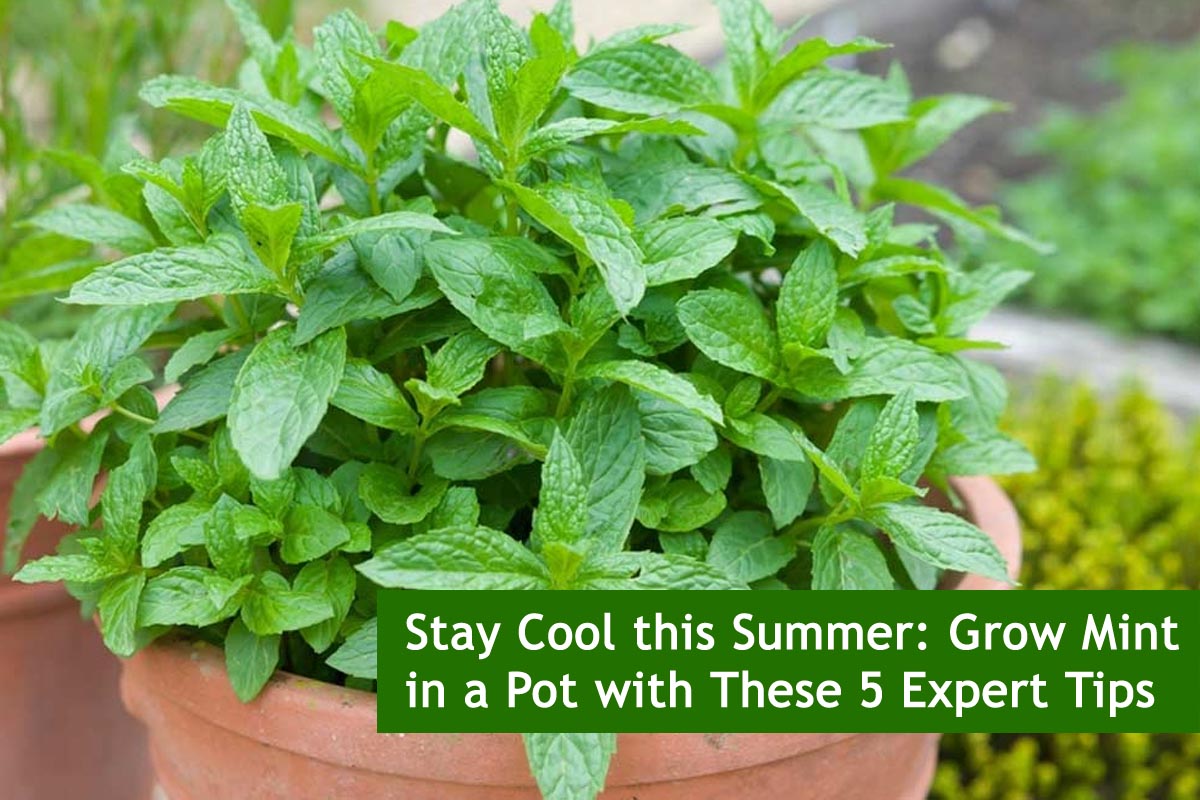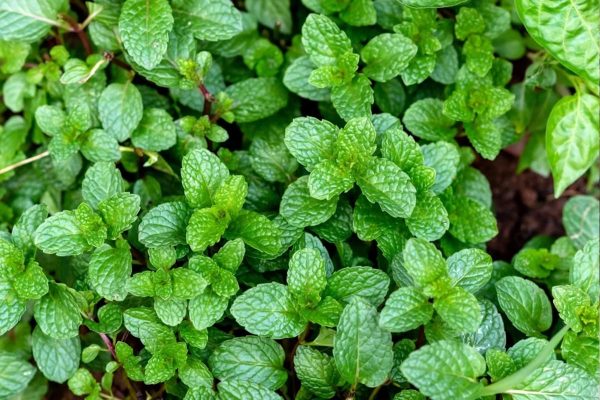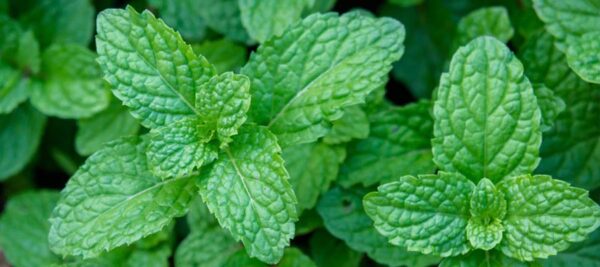
Stay Cool this Summer: Grow Mint in a Pot with These 5 Expert Tips
As the summer heat approaches, finding ways to stay cool becomes a top priority. One simple and refreshing solution is to grow your mint in a pot. Not only does it add a touch of greenery to your surroundings, but it also provides you with an abundant source of fresh mint leaves for cocktails, teas, salads, and more. In this guide, we’ll explore five expert tips to help you successfully grow mint in a pot and keep your summer chill and flavorful.
Grow Mint in a Pot with These 5 Expert Tips
Choose the Right Pot and Soil:

Selecting the right pot and soil is crucial for the successful growth of mint. Opt for a pot with good drainage to prevent waterlogging, as mint roots don’t like to sit in water. A clay or ceramic pot works well, as it allows for proper airflow. When it comes to soil, mint thrives in well-draining, slightly acidic soil with a pH level between 6.0 and 7.0. Mix in some organic compost to enrich the soil and provide essential nutrients for healthy growth.
Also Read This : 7 Easy Steps to Thriving Jade Lucky Plant at Home
Find the Perfect Location:
Mint loves sunlight but prefers partial shade, especially during the intense heat of summer. Choose a location that receives morning sunlight and afternoon shade to prevent the leaves from wilting or burning. If you’re growing mint indoors, place the pot near a sunny window where it can receive indirect sunlight for several hours a day. Avoid placing it in direct sunlight for extended periods, as this can cause the soil to dry out too quickly.
Also Read This : Bye-Bye Weeds: 10 Simple Strategies for Weed Control
Water Regularly but Moderately:

Mint requires consistent moisture to thrive, but overwatering can lead to root rot and other problems. Water your mint plant regularly, keeping the soil evenly moist but not waterlogged. Allow the top inch of soil to dry out slightly between waterings, as mint prefers slightly drier conditions. If you’re unsure whether to water, stick your finger into the soil; if it feels dry at a depth of about an inch, it’s time to water. Remember to water the soil directly at the base of the plant to avoid wetting the leaves, which can invite fungal diseases.
Also Read This : 10 Varieties of Lawn Grass: A Comprehensive Guide
Control Growth with Pruning:
Mint tends to spread rapidly and can quickly overtake your garden if left unchecked. To prevent it from becoming invasive, regularly prune your mint plant to keep it contained. Pinch off the growing tips and harvest the leaves regularly to encourage bushier growth and prevent it from flowering. Removing the flowers not only prevents self-seeding but also helps maintain the plant’s flavour and aroma. Use sharp scissors or pruning shears to cut the stems just above a set of leaves, and avoid cutting more than one-third of the plant at a time to prevent stress.
Also Read This : 7 Must-Grow Vegetables for Your March Kitchen Garden
Watch for Pests and Diseases:
Like all plants, mint is susceptible to pests and diseases, but with proper care, you can keep them at bay. Keep an eye out for common pests such as aphids, spider mites, and whiteflies, which can feed on the leaves and sap the plant’s energy. If you notice any signs of pest infestation, such as yellowing leaves or sticky residue, treat the plant with insecticidal soap or neem oil to control the pests naturally. Additionally, watch for signs of fungal diseases such as powdery mildew or rust, which can thrive in warm, humid conditions. Provide adequate airflow around the plant by spacing pots apart and removing any debris from the soil surface to reduce the risk of fungal infections.
Also Read This : Selecting the Superior Potting Soil: A Guide for Flourishing Plants
Growing mint in a pot is a rewarding and refreshing way to stay cool during the summer months. With the right pot, soil, and care, you can enjoy a bountiful harvest of fresh mint leaves to add flavour and aroma to your favourite summer dishes and beverages. Follow these five expert tips to ensure your mint plant thrives and continues to provide you with a steady supply of cooling goodness all season long.
Also Read This : Keep Your Curry Leaves Green Year-Round: Easy Tips for Vibrant Garden Growth




